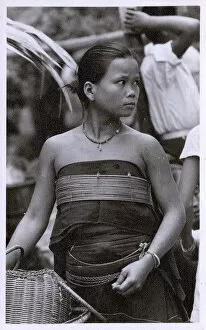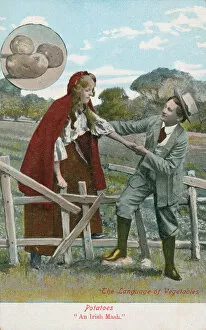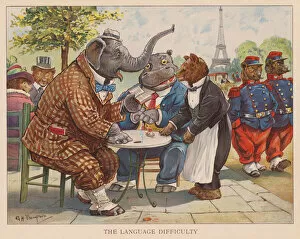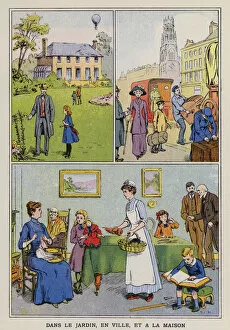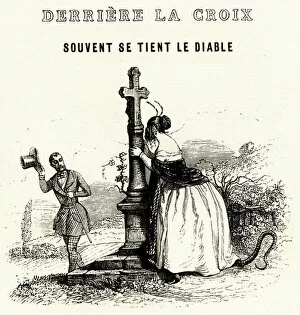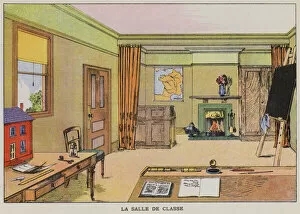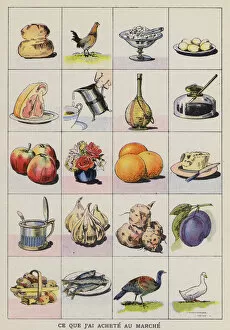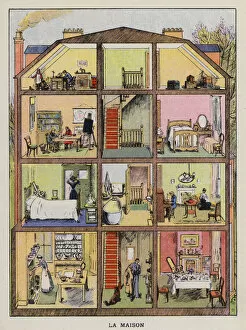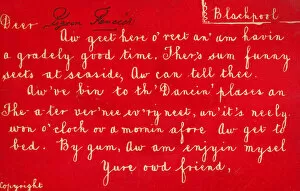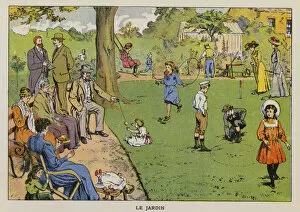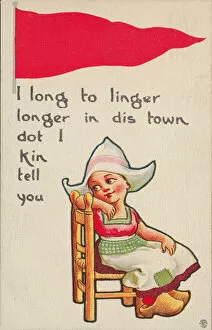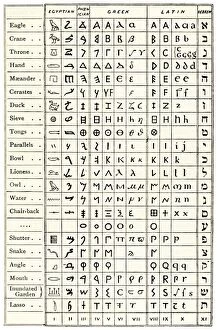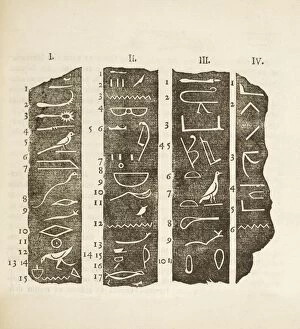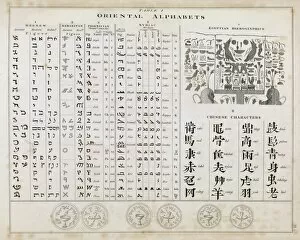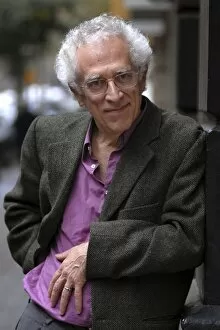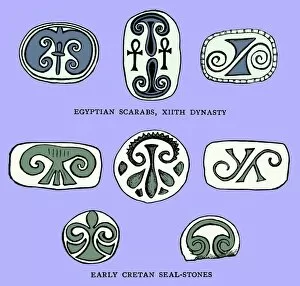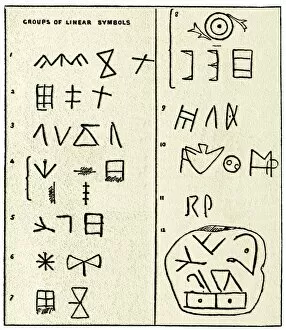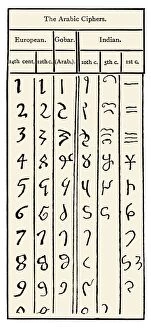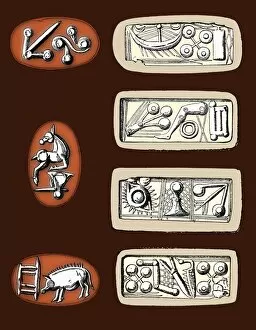Linguistic Collection (#3)
"Linguistic Journey
For sale as Licensed Images
Choose your image, Select your licence and Download the media
"Linguistic Journey: Exploring the Origins and Diversity of Language" Embark on a fascinating linguistic journey as we delve into various aspects that shape our communication. From the development of the English alphabet to ancient Egyptian and Assyrian counting systems, language has evolved over centuries. Intriguingly, meet a girl from the Dusan People in Sabah State, North Borneo, showcasing how languages thrive within diverse cultures. Similarly, discover Irish potatoes through a captivating color lithograph that highlights their significance in culinary traditions. Uncover the legendary Tower of Babel through an enchanting engraving, symbolizing both unity and diversity in human languages. Delve further into language's influence with "The Language of the Meat Card, " depicted vividly in another color lithograph. Explore wisdom encapsulated in "One Hundred Proverbs" where even a little man can cast a large shadow or find hidden motives behind religious symbols like crosses. Witness language barriers portrayed comically yet realistically in "The Language Difficulty" set amidst Parisian streets. Experience everyday life captured beautifully through chromolithographs depicting gardens, towns, and homes - all scenes where language plays an integral role. Meet Elizabeth Smith, an accomplished English linguist and scholar whose contributions have shaped our understanding of languages. Finally, encounter Ivan Meshchaninov - a Soviet Russian linguist and ethnographer who unraveled cultural intricacies through his work. These engravings and photographs remind us that language is not merely words but also bridges connecting people across time and space. Join us on this enthralling expedition unraveling linguistic wonders; it will leave you amazed at how something as intangible as words can shape our world so profoundly.

